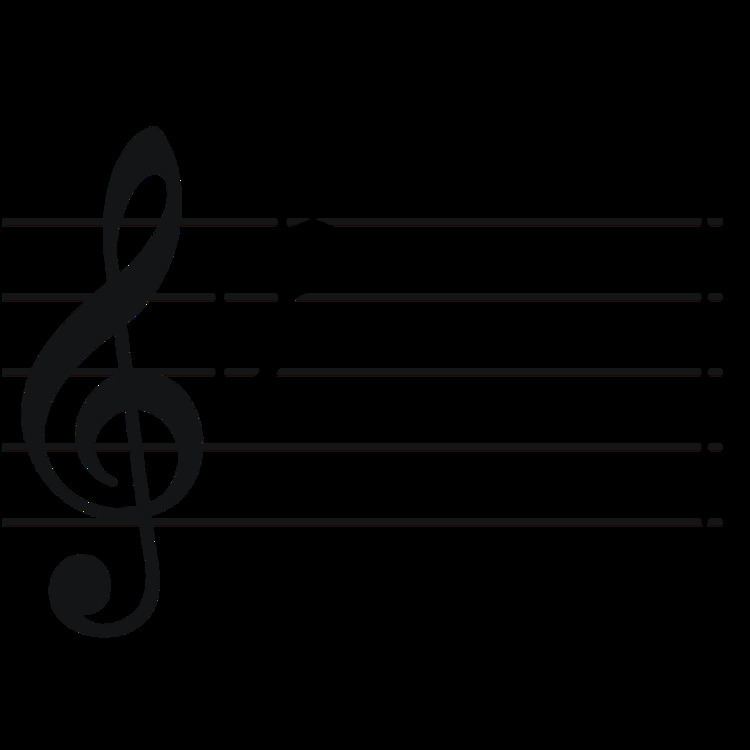Relative key B♭ major | ||
 | ||
G minor is a minor scale based on G, consisting of the pitches G, A, B♭, C, D, E♭, and F. For the harmonic minor scale, the F is raised to F♯. Its relative major is B-flat major, and its parallel major is G major.
Contents
Changes needed for the melodic and harmonic versions of the scale are written in with accidentals as necessary. G minor is one of two flat key signatures that require a sharp for the leading-tone (the other is D minor).
Mozart's use of G minor
G minor has been considered the key through which Wolfgang Amadeus Mozart best expressed sadness and tragedy, and many of his minor key works are in G minor, such as the Piano Quartet No. 1 and the String Quintet in G minor. Though Mozart touched on various minor keys in his symphonies, G minor is the only minor key he used as a main key for his numbered symphonies (No. 25, and the famous No. 40). In the Classical period, symphonies in G minor almost always used four horns, two in G and two in B-flat alto. Another convention of G minor symphonies observed in Mozart's No. 25 was the choice of E-flat major for the slow movement, with other examples including Haydn's No. 39 and Johann Baptist Wanhal's G minor symphony from before 1771 (Bryan Gm1).
